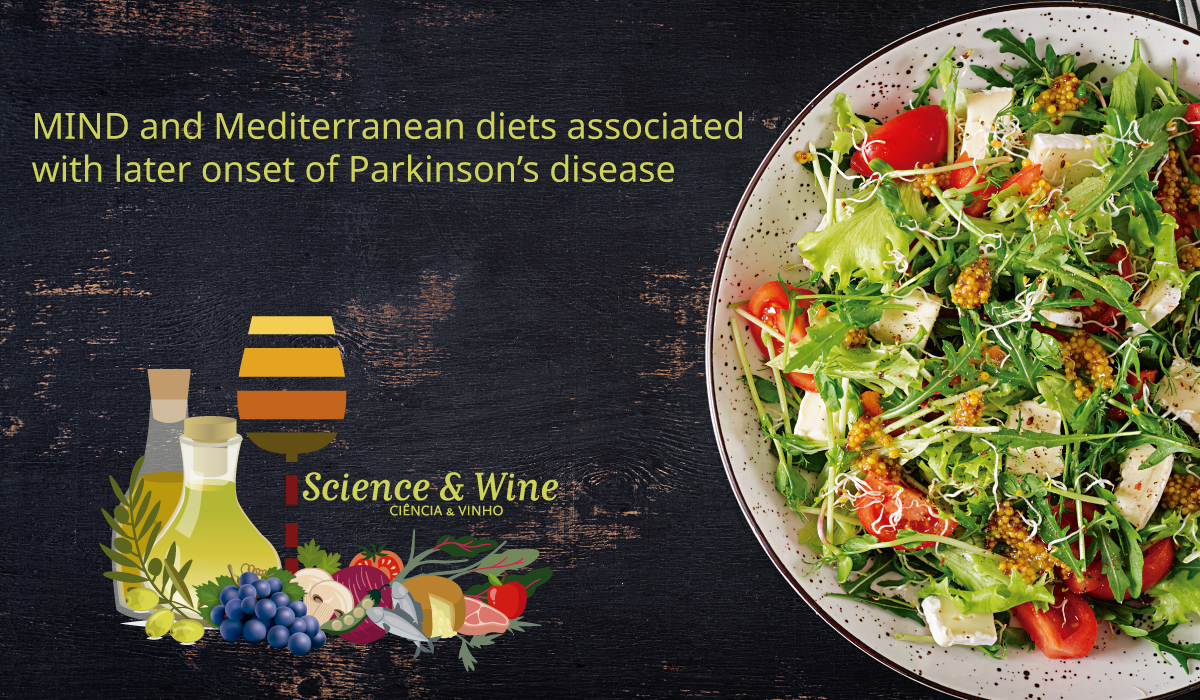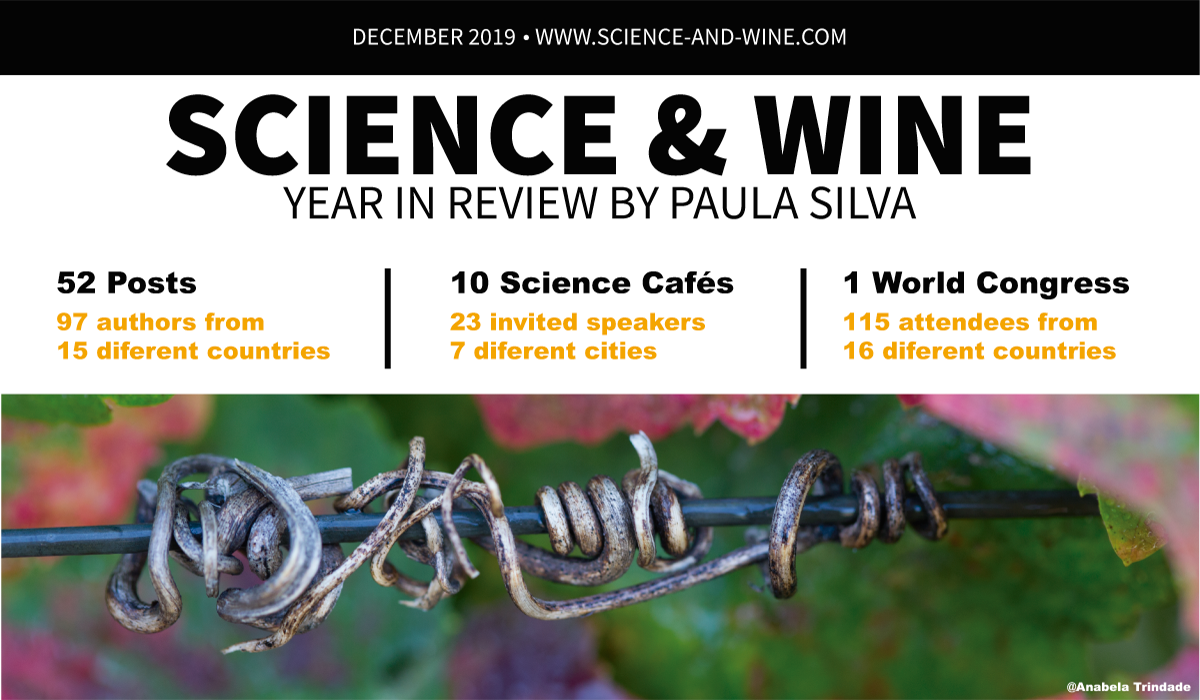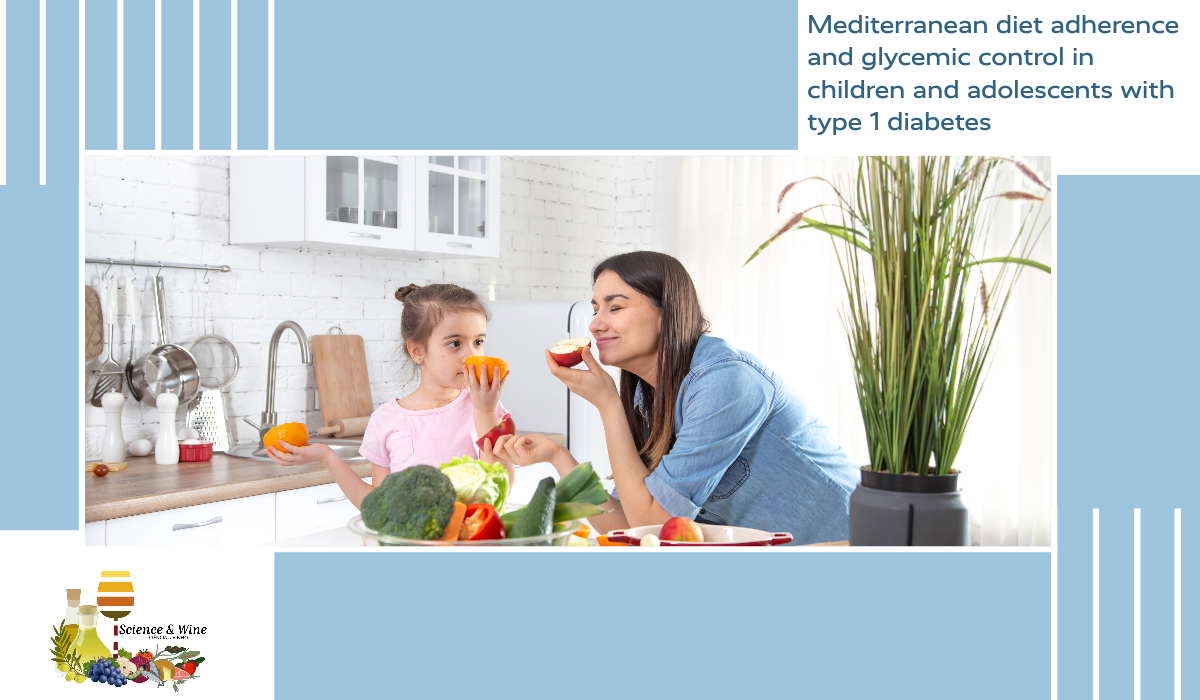Thrilled to share insights from a groundbreaking study by Ángel Rebollo-Román and team, exploring the powerful link between the Mediterranean diet and glycemic control in children and adolescents with type 1 diabetes (T1D).

Anthocyanins from Mediterranean Diet
The Mediterranean diet (MD) is becoming a milestone for the prevention of chronic diseases, such as cardiovascular diseases (CVDs), Alzheimer’s and Parkinson’s disease. Ancel Keys in the 1950’s showed a low mortality rate, particularly for coronary heart disease, among people resident in the Mediterranean area. The MD is characterized by the intake of the high amount of vegetables, fruit, and cereals and regular but moderate consumption of wine, fish, and dairy products, while olive oil is the main source of culinary fat. Therefore, it is principally a plant-based diet rich in polyphenols, a heterogeneous category of compounds with different properties and bioavailabilities. Among polyphenols, anthocyanins have been combined into the human food regime for centuries. They have been utilized as traditional herbal remedies for their ability to treat several conditions, as potent anti-oxidants, anti-diabetic and anti-carcinogenic compounds. This review summarizes our knowledge on the health-enhancing component of the anthocyanins-rich diet.

Correlating wine astringency with physical measures – current knowledge and future directions
Oral tribology receives growing attention in the field of food sciences as it offers great opportunities to establish correlations between physical parameters, such as the coefficient of friction, and sensory effects when interacting with components of the human mouth. One important aspect covers the astringency produced by wine, which can be described as the sensation of dryness and puckering in the mouth, specifically occurring between the tongue and the palate after swallowing. Therefore, this post reports the resulst of a study which aims at shedding some light on recent trends to correlate physical measures, such as the coefficient of friction derived by oral tribology, with prevailing theories on underlying physiological causes for sensory perception of wines. Some successful cases reported the potential of correlating wine astringency perception with the coefficient of friction in tribological experiments. Our critical assessment demonstrates that the findings are still contradictory, which urgently asks for more systematic studies. Therefore, the authors summarize the current challenges and hypothesize on future research directions with a particular emphasis on the comparability, reproducibility and transferability of studies using different experimental test-rigs and procedures.

The Wine Influencers: Exploring a New Communication Model of Open Innovation on Social Networks
Wine Influencers (WIs) represent a new type of independent third-party endorsers that are progressively establishing themselves within social networks. This study analyzes the characteristics of the activity of WIs and the communication model used via Instagram. Netnographic Analysis, Factor Analysis and AGIL methods were applied. The results show five Key-findings within specific relationships established during discussions: advice from Wine Influencers and generalized reciprocity in relationships; structural and social bonds established based on the frequency of messages from regular followers; peer-to-peer relationship development through recommendation; development of trust established through online relationships; wine influencer’s influence on followers regarding everything about the wine. The study derives a model that explains the communication dimensions used by WIs that are: advertising (information about product/brand) (35.71%); persuasion—added value to brand and product (42.62%); brand democratization (10.07%); and identity (8.03%). This study provides a novel contribution to the open innovation process of small and medium-sized wine industries for their marketing strategies.

MIND and Mediterranean Diets Associated with Later Onset of Parkinson’s Disease
This post summarizes is about a cross-sectional study that found a strong correlation between age of onset of Parkinson’s disease (PD) and dietary habits, suggesting that nutritional strategies may be an effective tool to delay PD onset. Further studies may help
to elucidate potential nutrition-related sex-specific pathophysiological mechanisms and differential prevalence rates in PD.

Cardioprotective effects of anthocyanins
Anthocyanins are a class of water-soluble flavonoids widely present in fruits and vegetables. Dietary sources of anthocyanins include red and purple berries, grapes, apples, plums, cabbage, or foods containing high levels of natural colorants. Cyanidin, delphinidin, malvidin, peonidin, petunidin, and pelargonidin are the six common anthocyanidins. Following consumption, anthocyanin absorption occurs along the gastrointestinal tract, being distal lower bowel the place where occurs most of the absorption and metabolism. In the intestine anthocyanins first undergo extensive microbial catabolism and then absorption and human phase II metabolism, producing hybrid microbial–human metabolites, which are absorbed increasing anthocyanins bioavailability. Health benefits of anthocyanins have been widely described, especially in the prevention of diseases associated with oxidative stress such as cardiovascular ones. In this post is summarized recent findings on cardioprotective effects of anthocyanins.

The establishment of a fungal consortium in a new winery
This post reports a study where the biodiversity and evolution of fungal communities were monitored over a period of 3 vintages in a new winery.

2019 In Review
This is the last post of 2019. The second year of Science & Wine existence, time for a brief reflection. This was a great year!

